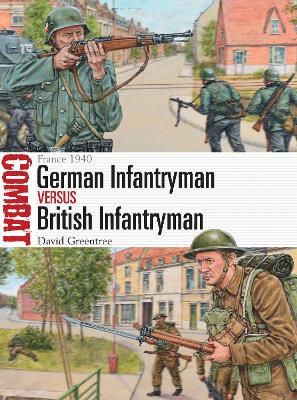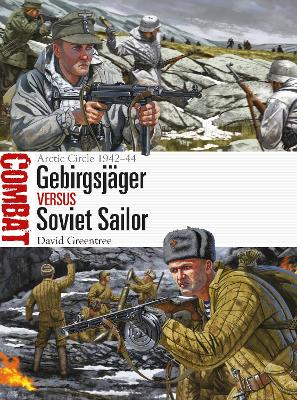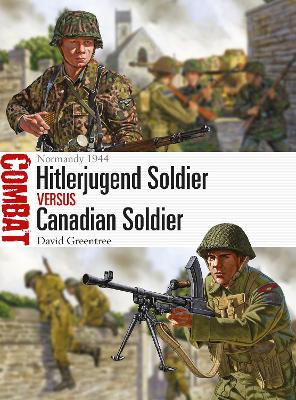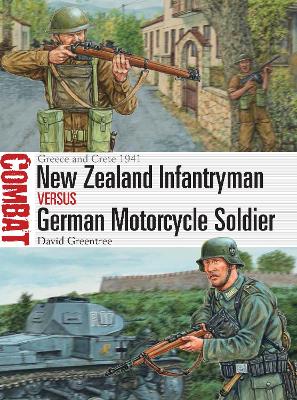Combat
3 primary works • 7 total works
Book 14
Book 30
Featuring archive photographs, specially commissioned artwork and expert analysis, this is the absorbing story of the men who fought and died in the struggle for the Soviet Union's northern flank at the height of World War II.
Book 34
Employing first-hand accounts and the latest research, as well as specially commissioned artwork and carefully selected archive photographs this absorbing study investigates the origins, ethos, training, fighting techniques and weapons of both sides during the epic struggle for Normandy.
Examining three major encounters in detail with the help of maps and contemporary photographs, this lively study shows how the New Zealanders used all their courage and ingenuity to counter the mobile and well-trained motorcycle forces opposing them in the mountains and plains of Greece and Crete.
Featuring specially commissioned artwork and drawing upon first-hand accounts, this exciting account pits New Zealand's infantrymen against Germany's motorcycle troops at the height of World War II in the Mediterranean theatre, assessing the origins, doctrine and combat performance of both sides.
While Napoleon's skirmishers carried the smoothbore musket, notoriously inaccurate and short-ranged, several elite units fighting for Britain were armed with the rifle, a far more accurate weapon that was hampered by a slower rate of fire. As well as the legendary 95th Rifles, Britain fielded rifle-armed German troops of the 60th Regiment and the King's German Legion, while France's light troops were fielded in individual companies but also entire regiments. In this study, David Greentree assesses the role and effectiveness of rifle-armed British troops and their French open-order opponents in three very different encounters: Rolica (August 1808), the first British battle of the Peninsular War; the struggle for a key bridge at Barba del Puerco (March 1810); and the bitter fight for the La Haye Sainte farmhouse during the battle of Waterloo (June 1815).






